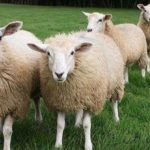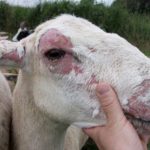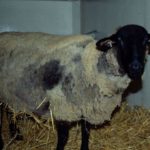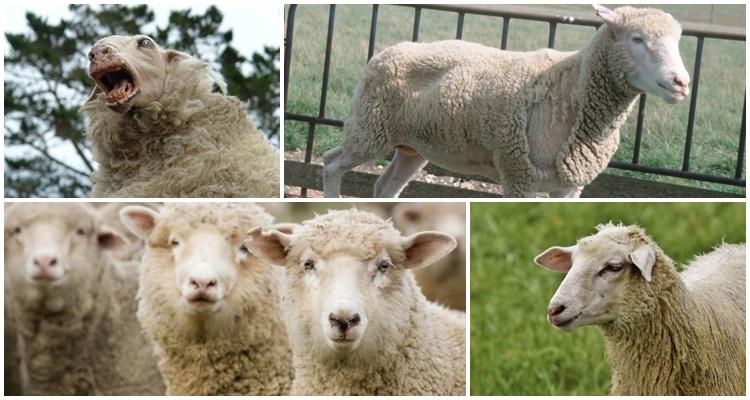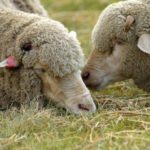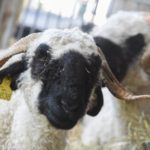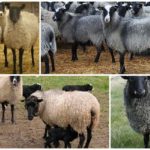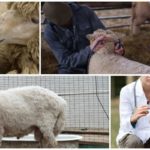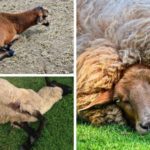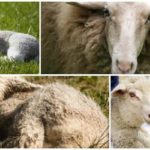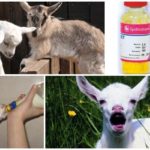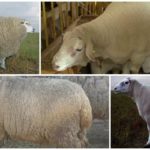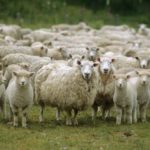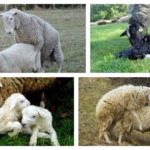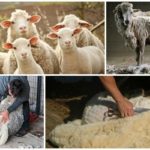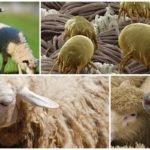Sheep breeding is a profitable business; meat, milk, and wool are obtained from animals. In order for the products to be of high quality, it is necessary to take care of the health of the animals. The appearance on the head, back, neck, chest and other areas of clearly defined inflamed lesions with short, as if shorn, hair indicates sheep trichophytosis, an infectious disease that requires treatment.
Causes of the disease
Trichophytosis is a skin infectious disease of a fungal nature.Wounds, scratches, and abrasions on the skin of animals allow the fungus to penetrate the flesh and hair follicles and begin to germinate, forming flaky, scar-like lesions with sharply defined boundaries. The affected areas become inflamed and itchy. The animal begins to scratch the affected areas against the fence or partitions in the pen. As a result, the fungus spreads further, and pathogenic bacteria penetrate into the open, scratched wound. Secondary infection occurs.
In everyday life, the disease is called ringworm. The disease affects exposed skin, areas covered with hair or fur, nails, claws and beaks of animals. Most species of animals and birds can suffer from trichophytosis, and from them the disease is transmitted to humans.
Causes ringworm related to Trichophyton molds. Some of its “modifications” affect cattle, others – horses, and others – carnivores. Sheep rarely suffer from trichophytosis; the cause of infection is the appearance of a sick individual in the herd, overcrowding, infection of feed, bedding, manure, hands and clothing of service personnel. Rodents are carriers of trichophytosis, so they should be periodically poisoned in the sheepfold.
Symptoms of ringworm
The disease develops within 7-30 days. In lambs, the symptoms of trichophytosis are more pronounced than in adult sheep. They suffer more from the disease. The main lesions in sheep are located on the forehead, at the base of the ears, near the nose, and on the back of the head. Less commonly, they occur on the back, chest or neck.
There are:
- superficial form of the disease;
- erased or atypical form;
- deep, or follicular form.
With the superficial type of the disease, small dense bumps appear on the skin, which soon soften, forming a small itchy spot that slightly protrudes above the surface. Then it becomes covered with grayish crusts, when they fall off, pockets of baldness remain.
The erased, or atypical, form is a type of disease when no other symptoms other than loss of hair in the affected area are observed. It is typical for the summer period, when under the influence of sunlight, when animals move to pasture, the activity of the fungus decreases.
The cause of the follicular form of the lesion is the lack of treatment, increased humidity and cold in the room. Typical for winter and autumn. With this course of the disease, individual foci merge into large areas, exudate is released, it sticks together the fur, which looks dull and matted. The skin looks ulcerated and bleeds.
Diagnostic methods
The disease is identified by typical signs during veterinary examinations, and hair and exudate samples are additionally sent for analysis. When placed in a nutrient medium, the fungus actively grows, which is how the type of pathogen is determined.
How to properly treat disease in sheep
Animals with symptoms of trichophytosis are isolated from the rest of the livestock in a separate room, because the fungal spores are airborne. The main method of treatment is vaccination of livestock. It is carried out 2 times with an interval of 10 days. In case of extensive skin lesions in animals, 3-time vaccination is necessary.The vaccine for sheep is called Trichovis. It must be used according to the manufacturer's instructions.
Additionally, the affected areas are treated with antifungal drugs. They use Clotrimazole and Mycoseptin. You can use Chlorhexidine, a solution of carbolic or salicylic acid. The treatment is carried out 2 times a day, the personnel must wear protective clothing (gloves, gowns), and protect their hair with a headscarf or cap.
Preventive actions
To prevent the disease, livestock are vaccinated from 3 months. Animals are kept in dry, warm rooms. Animals new to the farm are carefully examined.
Provide animals with balanced nutrition and regular veterinary examinations. Rats and mice are systematically poisoned. Dogs and cats are not allowed on the premises. They systematically process the sheepfold and change the bedding. If trichophytosis is detected in sheep, the room is treated with a formaldehyde solution. By decision of the veterinary service, quarantine is introduced in the area where the disease is spreading.
Timely vaccination, compliance with the diet and maintenance of animals, and the presence of veterinary control allow you to avoid contracting fungal infections and maintain the health of animals.

